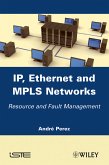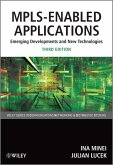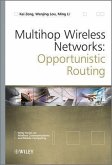In this title, the authors leap into a novel paradigm of scalability and cost-effectiveness, on the basis of resource reuse. In a world with much abundance of wirelessly accessible devices, WSN deployments should capitalize on the resources already available in the region of deployment, and only augment it with the components required to meet new application requirements. However, if the required resources already exist in that region, WSN deployment converges to an assignment and scheduling scheme to accommodate for the new application given the existing resources. Such resources are polled from many fields, including multiple WSNs already in the field, static networks (WiFi, WiMAX, cellular, etc) in addition to municipal, industrial and mobile resources.The architecture, framework and pricing policy, as well as approaches for backward compatibility with existing deployments, are presented in this book. We elaborate on the formalization of the problem, and contrast with existing work on coverage. This paradigm adopts optimal assignments in WSNs and exploits dynamic re-programming for boosting post-deployment and backward compatible protocols.
Dieser Download kann aus rechtlichen Gründen nur mit Rechnungsadresse in A, B, BG, CY, CZ, D, DK, EW, E, FIN, F, GR, HR, H, IRL, I, LT, L, LR, M, NL, PL, P, R, S, SLO, SK ausgeliefert werden.









